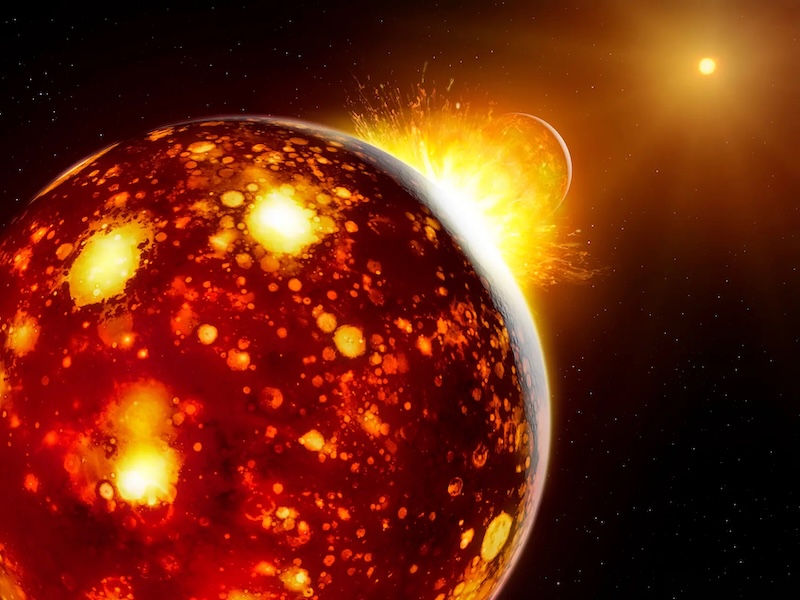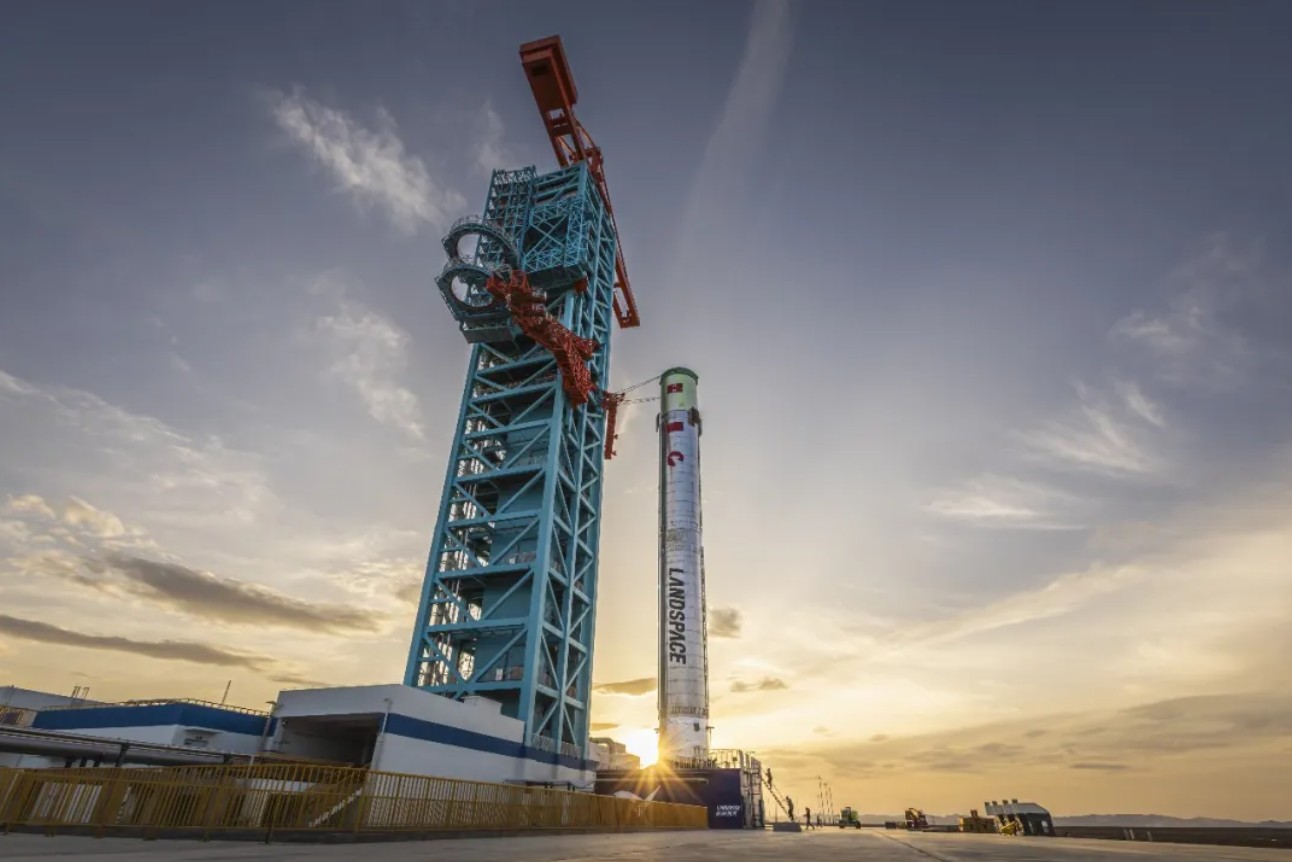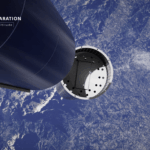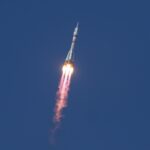Now Reading: Tally of near-Earth asteroids passes 40,000
-
01
Tally of near-Earth asteroids passes 40,000
Tally of near-Earth asteroids passes 40,000
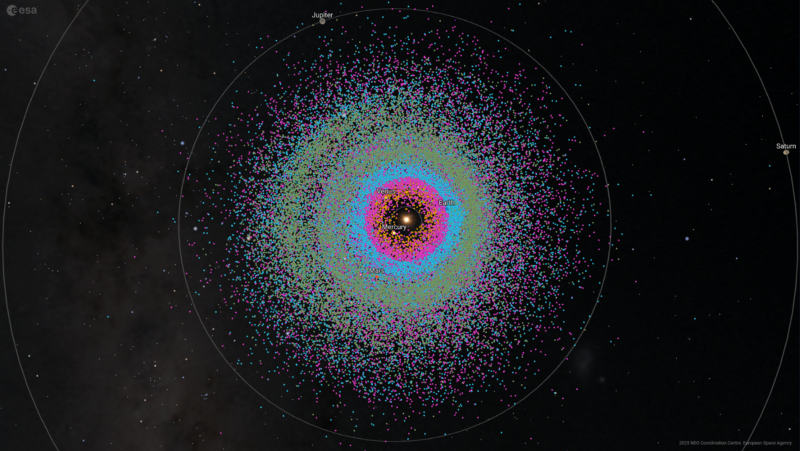
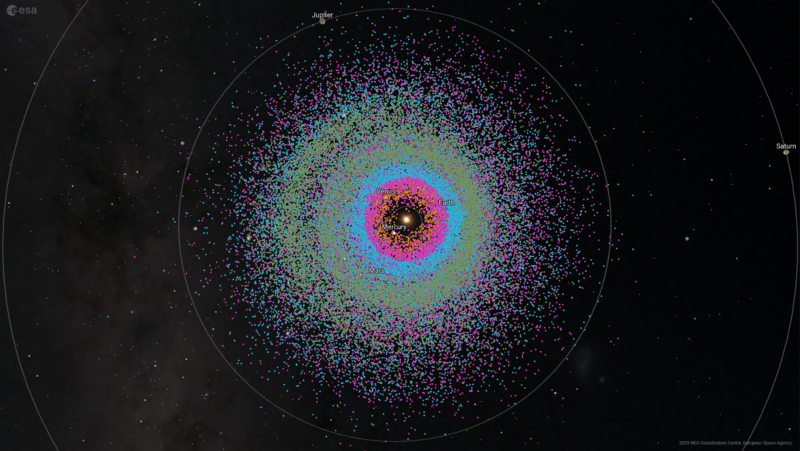
Originally published by ESA. Edits by EarthSky.
Astronomers recently discovered the 40,000th near-Earth asteroid, the European Space Agency announced on November 20, 2025.
These space rocks range from a few meters to a few kilometers in size, and are on orbits that bring them relatively close to Earth. Each new discovery is both a reminder of our planet’s vulnerability and a testament to how far the field of planetary defence has advanced in just a few decades.
What are near-Earth asteroids?
An asteroid is a rocky leftover from the formation of the solar system more than 4 billion years ago. Most of them orbit the sun between Mars and Jupiter. A near-Earth asteroid (NEA) is one whose orbit brings it within roughly 28 million miles (45 million kilometers) of Earth’s orbit. That’s close enough for planetary defence teams to keep a watchful eye on it.
Astronomers discovered the first NEA, Eros, in 1898. For decades, discoveries came slowly. That’s until dedicated survey telescopes in the 1990s and 2000s began to find hundreds of new NEAs every year. And now, in November 2025, the total number of identified NEAs has surpassed 40,000. Astronomers discovered around 10,000 of these in the last three years alone.
Luca Conversi, manager of ESA’s Near-Earth Object Coordination Centre (NEOCC), said:
The number of discoveries is rising exponentially, from 1,000 at the beginning of the century to 15,000 in 2016 and 30,000 in 2022. As the next generation of telescopes enter operation, we expect the number of known NEAs to continue to grow at an even higher pace.
He continued:
Inaugurated this year, the Vera C. Rubin Observatory in Chile, while not dedicated exclusively to asteroid surveys, will discover tens of thousands of new NEAs and other asteroids. Meanwhile, ESA’s Flyeye telescopes, designed with a wide, insect-like view of the sky, will catch asteroids that slip past current surveys.
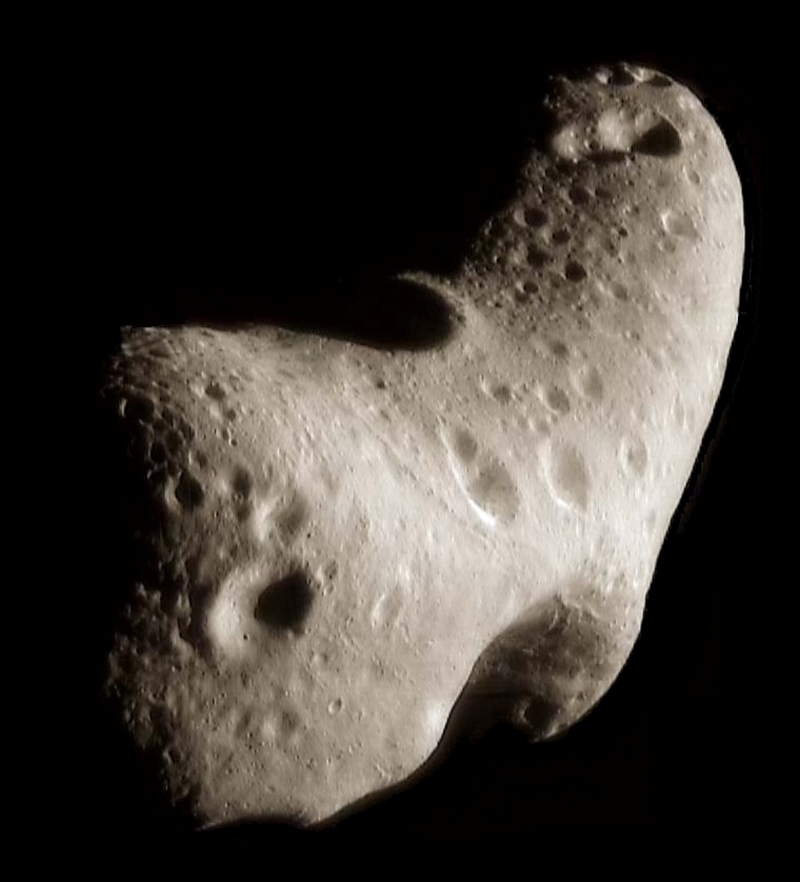
Just the tip of the iceberg
Every time a new NEA is discovered, astronomers use all of the available observations to predict its path years, decades and even centuries ahead. Dedicated software systems calculate whether the object has any chance of impacting Earth within at least the next century.
These predictions and risk assessments are then updated and refined each time a new observation is made. At ESA, the Near-Earth Object Coordination Centre, part of the Planetary Defence Office, carries out this work.
Almost 2000 NEAs have a non-zero chance of impacting Earth sometime in the next hundred years. However, most of these objects are very small and pose no significant danger. Their impact probabilities are typically much lower than 1%.
Importantly, the largest NEAs – those larger than 1 kilometer (0.6 miles) across – are also the easiest to spot. Many of them were among the first to be found. These objects would cause global effects if they struck Earth. But the scientific community is confident that they have already found the vast majority.
Today’s focus is on finding and tracking mid-sized asteroids, between about 100 and 300 meters (330 and 980 feet) wide. Much harder to spot, they would cause serious regional damage if they were to hit our planet. There is still work to be done; current models suggest that we have discovered only about 30% of these objects.
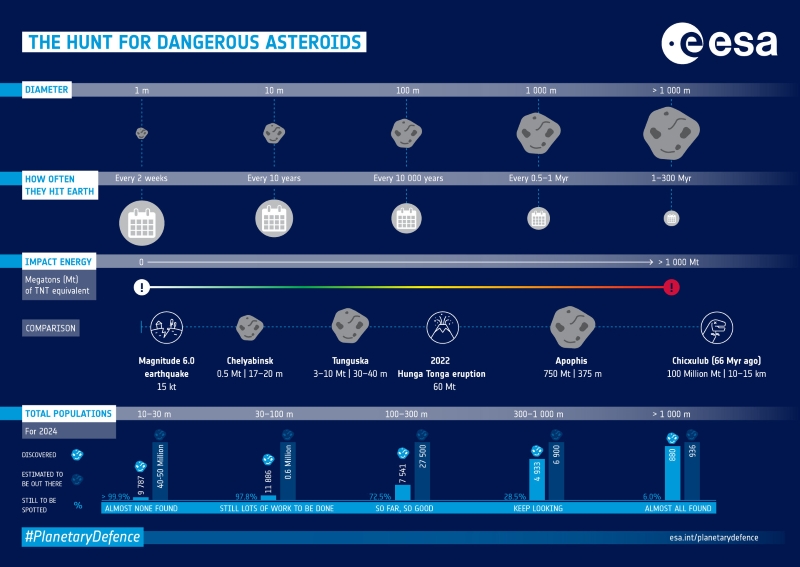
Predicting and preventing hazardous near-Earth asteroids
Thankfully, none of the 40,000 known NEAs are cause for concern for the foreseeable future.
However, ESA is not just waiting around for the day they do detect a hazard. The Agency’s Planetary Defence team also oversees the development of Europe’s asteroid mitigation capabilities through missions such as Hera.
Hera is currently in space and enroute to the asteroid Dimorphos, where it will study the aftermath of the impact carried out by NASA’s DART spacecraft in 2022. By examining in detail how the DART impact changed the structure and trajectory of Dimorphos, Hera will help turn asteroid deflection into a reliable way to protect Earth.
ESA is also actively planning the Ramses (Rapid Apophis Mission for Space Safety) mission to the 375-meter (1,200-foot) asteroid Apophis and accompany it through a safe but exceptionally close flyby of Earth in 2029.
Hunting asteroids in the infrared, ESA’s NEOMIR (Near-Earth Object Mission in the Infra-Red) will enable us to detect impact hazards similar to the Chelyabinsk event in advance for the first time. Targeted for launch in the mid-2030s, NEOMIR will close a large blind spot on the dayside hemisphere of Earth as bright sunlight prevents the detection of asteroids with ground-based optical telescopes.
What began with the discovery of Eros in 1898 has grown into a global effort that has successfully identified tens of thousands of near-Earth asteroids. Each new addition – of which there are sure to be many thousands in the years ahead – improves our understanding of the solar system’s history and strengthens our ability to keep our planet safe.
Bottom line: Astronomers announced in November 2025 they’ve now discovered over 40,000 near-Earth asteroids.
Read more: ‘Invisible’ asteroids near Venus: A new danger to Earth?
Read more and see a video: Asteroid sizes compared
The post Tally of near-Earth asteroids passes 40,000 first appeared on EarthSky.
Stay Informed With the Latest & Most Important News
Previous Post
Next Post
-
 012024 in Review: Highlights from NASA in Silicon Valley
012024 in Review: Highlights from NASA in Silicon Valley -
 02Panasonic Leica Summilux DG 15mm f/1.7 ASPH review
02Panasonic Leica Summilux DG 15mm f/1.7 ASPH review -
 03How New NASA, India Earth Satellite NISAR Will See Earth
03How New NASA, India Earth Satellite NISAR Will See Earth -
 04And Thus Begins A New Year For Life On Earth
04And Thus Begins A New Year For Life On Earth -
 05Astronomy Activation Ambassadors: A New Era
05Astronomy Activation Ambassadors: A New Era -
06SpaceX launch surge helps set new global launch record in 2024
-
 07Space Force plans new ‘Futures Command’ amid pressure to speed up modernization
07Space Force plans new ‘Futures Command’ amid pressure to speed up modernization












